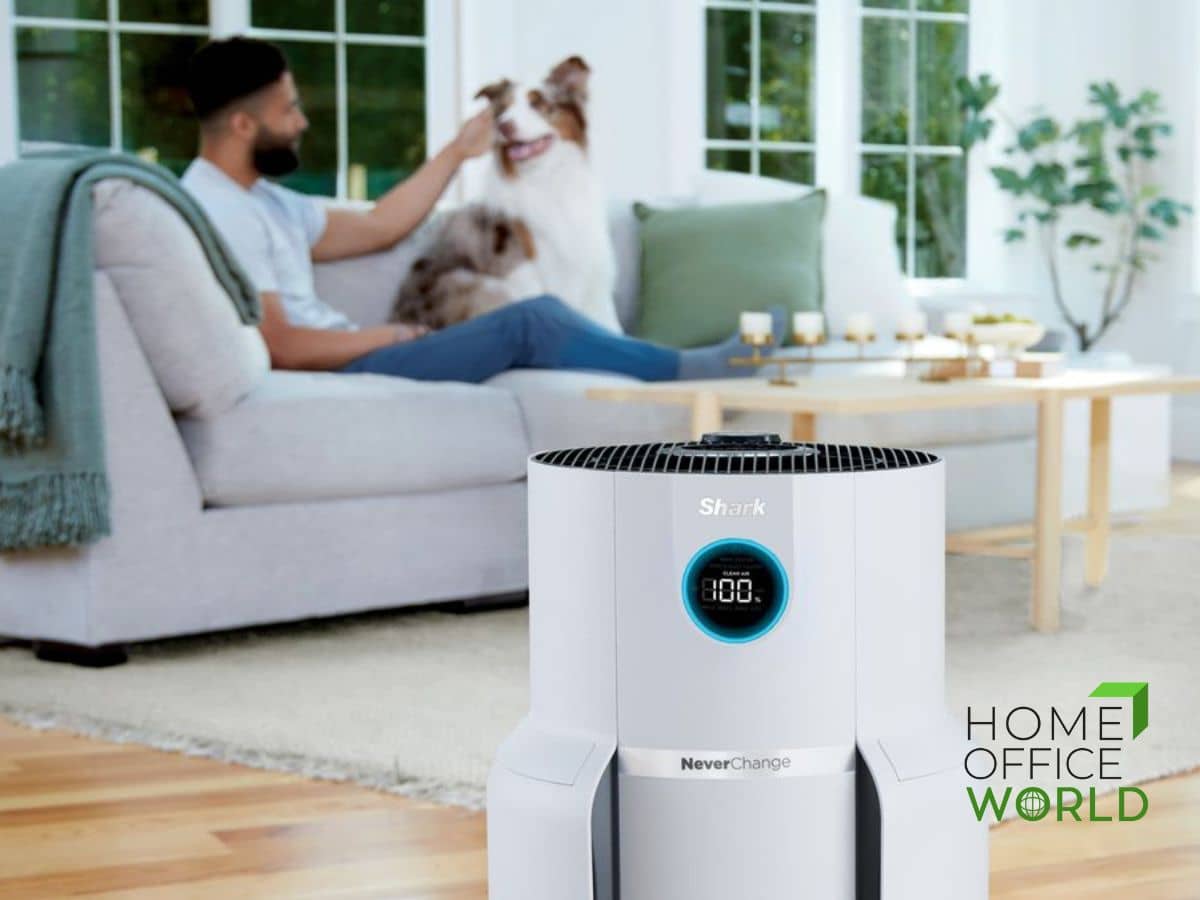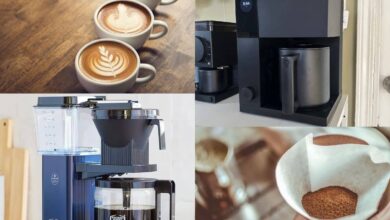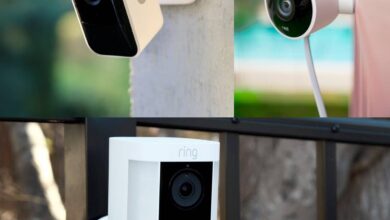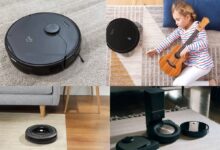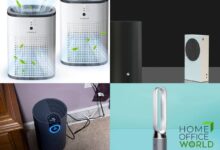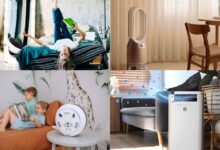Are Air Purifiers a Scam?
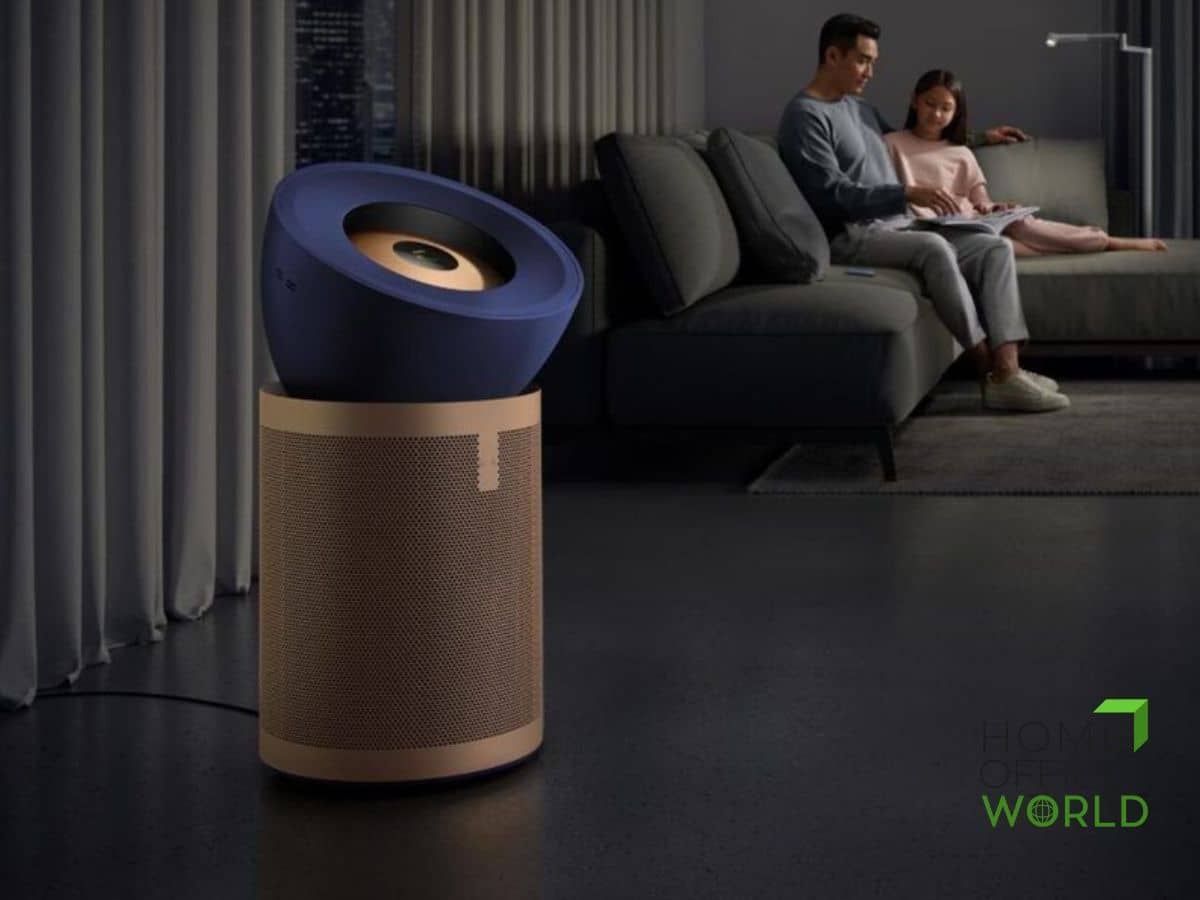
These nifty air-cleaning machines promise to clean your indoor air and increase its quality. So when you have portable air purifiers at home, is it safe to say that you are reducing indoor air pollution?
The answer is yes, but only to a certain degree. It also depends on the type of pollutant present in your home and the type of air purifier.
There isn’t one size fits all when it comes to air purifiers. You need to buy the right type to keep your indoor air clean.
Types of pollutants and filters
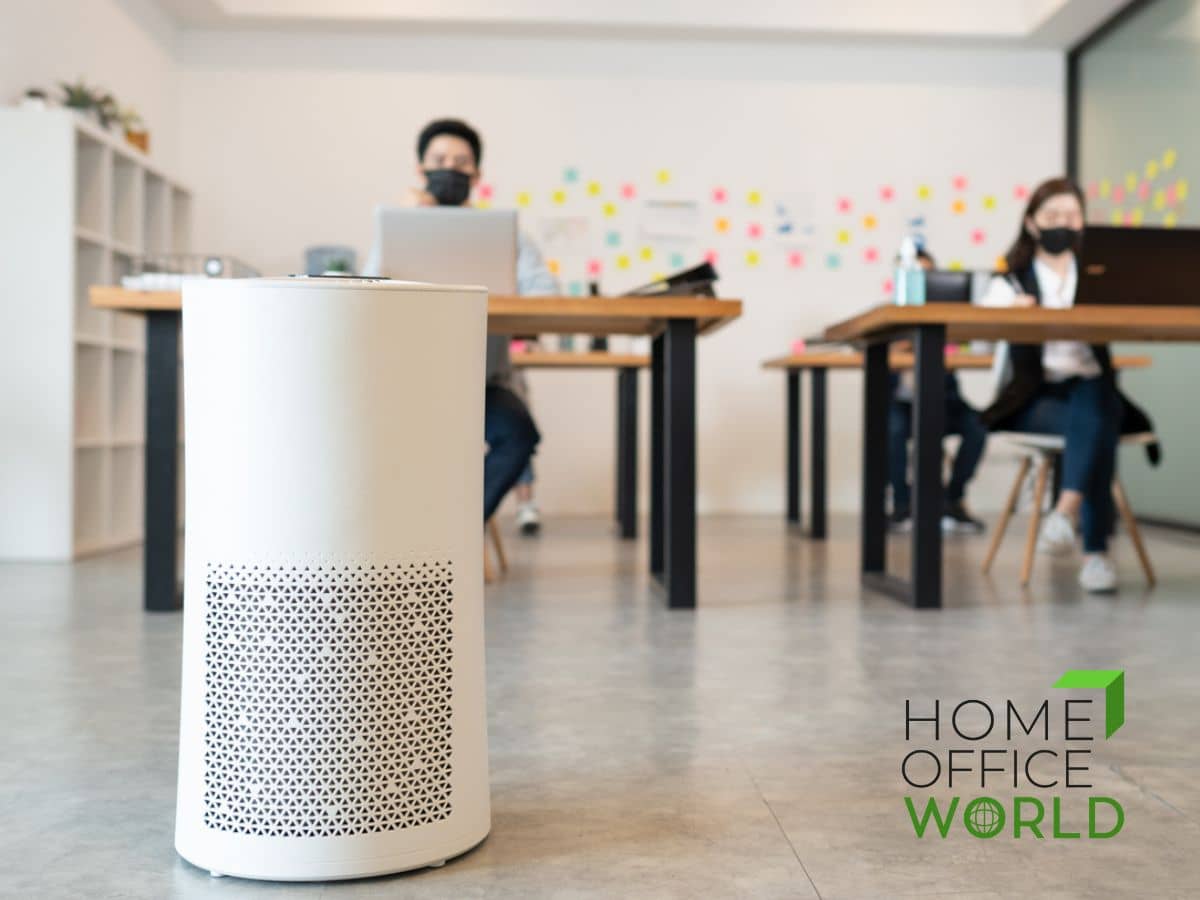
Air purifiers are equipped and designed with filters. These help clean gases and air particles. There isn’t any filter that can do multiple jobs or can clean all types of pollutants at once. Thus, the type of air purifier you need will depend on the type of filter it has.
Some air purifiers are made with multiple filters, making them more efficient in doing their job.
Machines such as these are suitable for eliminating more chemicals, gases, and a multitude of odors from your homes.
So to ascertain if an air purifier will work for your home, you have to know which type of air pollutant is lingering in your indoor air.
Let’s take a look at the more common indoor air pollutants that can adversely affect your health.
One is the mold problem
These can be especially harmful to those who are immunocompromised, elderly, and babies. It’s a fungal growth that can thrive on humid and damp surfaces. These can be easily inhaled causing several allergic reactions such as runny nose, sneezing, asthma, and itchy eyes.
Mold reproduces by producing spores, which become airborne. Inhaling these spores or touching them can trigger a mold allergy.
Regardless of what type of filter your air purifier has, it will not be able to eliminate mold efficiently, especially if there is already infestation.
Air cleaners can aid a bit in lowering the amount of mold spores in the air, but it can multiply faster than the machine can clean it, especially if there is always moisture present in the air.
So you have to make it an integrated approach to eliminate mold in your indoor air. Cleaning your space, furniture, and areas where mold can cling to and using a dehumidifier can be additional efforts that can help eliminate mold at a significant rate. So you cannot depend on your air cleaner alone to do this.
Second, there’s smoke
This can come from tobacco, stoves and fireplaces, or cars; and vehicles running in the nearby street.
If you use the right type of filter, it can eliminate nonnicotine particles and smoke from the air. But if the smoke is nicotine-based, there is little air purifiers can do.
Third, you have other gaseous pollutants
These are inorganic gases, like carbon monoxide and nitrogen dioxide ozone, volatile organic chemicals (VOCs) that are not attached to particles
A lot of household appliances emit VOCs to a certain degree.
Air purifiers, especially those with HEPA filters can clean air efficiently of these toxic fumes but there’s a big but here. You have to look at other factors that can affect their effectiveness.
These fumes can linger in your furniture or pretty much anywhere it settles on. Once embedded, there is very little air purifiers can do to eliminate them.
That’s why regular cleaning is a must. You have to be more proactive when it comes to cleaning your indoor air, again, you cannot solely depend on an air purifier alone.
Fourth, you have several types of allergens
These can cause allergies, asthma, and a myriad of respiratory conditions. Sources of allergens can be very wide.
But some of the more common ones found in homes are the dander from your pets and pollen from plant houses or vases. And oh, don’t forget the dust mites that love to munch on the skin that you shed on the bed.
Animal dander presents a larger chunk of this dilemma. They can be shed by cats, dogs
Dust mites feed on human skin and shed theirs in a humid environment. This can make a lot of people vulnerable to allergies since these are microscopic and cannot be seen by the naked eye.
One study mentioned that air cleaners can be effective in removing dander from your indoor air, given they are equipped with the right type of filter made for these contaminants.
Another research points out that air cleaners have little effect on dust mite allergens since these allergens ride on larger particles that quickly settle to surfaces and are not caught by air cleaners. So, again can be effective but not completely.
Wrapping it all up
To summarize, let’s answer these questions to emphasize just how much air cleaners can be.
Can they make a difference in the quality of indoor air?
Air purifiers can benefit those with allergies and asthma. However, its effectiveness depends largely on the type of filter it has ( it has to be designed for that specific contaminant) and the CADR rate. So you have to know what to look for when buying air purifiers. We’ll dive into this in a separate article.
Can air purifiers remove harmful smoke and VOCs from your indoor air?
Yes but not all. They can lessen the load of these particles in the air. But there are also instances where you need to use a more specific and integrated approach to clean a more specific type of pollutant in your home,
Take these for example.
Air purifiers can do little to remove nicotine from the air and furniture. The best course of action is to not smoke indoors, aside from first and secondhand smoke, you also have to deal with third hand smoke. It can linger in the furniture and you soon can inhale it into your system.
Also, cockroaches and mice can shed dander and give off toxic fumes. So if there is an infestation, air purifiers can not do the job alone. You have to deal with the infestation and hire pest control too.
So really, air purifiers are not a scam, but you have to manage your expectations and must know the right type of air filter to buy.

